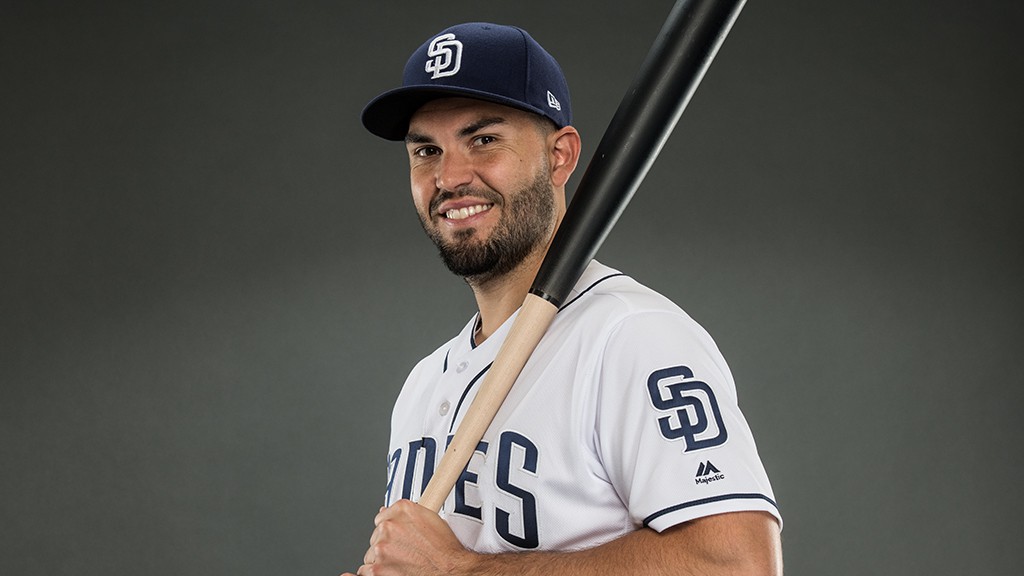The final Royals game of 2018 felt incredibly different than 2017.
The last game of the 2017 season was the “royal” sendoff for what was perceived as the core of the club that reached two World Series and remained in the hunt for two years after that. Eric Hosmer, Lorenzo Cain, Mike Moustakas, Alcides Escobar and Jason Vargas were toasted as departing heroes. Tears were shed at the perceived end of an era.
Fast forward a year later, and in the finale a collection of mostly upstarts battled to win a game that couldn’t have mattered less to anyone else. They were buried at the bottom of the league. But this group had freshly tasted winning baseball and was eager to prove they could belonged.
Anyone who hadn’t been paying attention would see the Royals’ abysmal 58-104 record and disregard this new band as of no worth. But anyone who watched the Royals in August and September of 2018 knew this group of replacement players was up to something.
It could be argued, and is most certainly correct, that the 2014 and 2015 Royals were greater than the sum of their parts. None of those players would be confused for Mike Trout, or Clayton Kershaw, or any of the other best players those seasons. Statistically they weren’t all that special.
But still, a look at the statistics of those departed players is encouraging that this new group might be capable taking up the slack. And that look might prove that the Royals, and Dayton Moore, were wise to head on this new course.
Let’s look at each of the five players celebrated on the last day of 2017 and what the Royals are doing at their respective positions:
Monday – Eric Hosmer, 1B: The Royals didn’t let Hosmer depart without a fight, but they must certainly be happy with the way things turned out. By letting him walk, they saved more than $100 million (the San Diego Padres paid him $144 million) and drafted Daniel Lynch with a compensation pick they received for letting Hosmer walk.
Hosmer gave a weak debut performance for San Diego. There’s no way to sugar coat it. The Padres must be panicked about this investment. He hit just .253 and continued to struggle getting the ball over the fence. He produced an embarrassing 1.4 WAR. Embarrassing, that is, for someone who made $21 million.
The Royals didn’t plug any one player into Hosmer’s spot, instead keeping it a revolving door. But the revelation of Ryan O’Hearn in the fall gives some hope the position will settle down. O’Hearn scored a 1.1 WAR in just 44 games by tattooing right-handed pitching.
To be fair, Hosmer seems to be an every-other-year star. In 2013 he recorded a 3.5 WAR. In 2015 he was up to 3.6. Last year, he posted his career best 4.1.
And let there be no confusion here. The Royals have good reason to have wanted to keep Hosmer long-term. He’s a manager’s dream when it comes to speaking to the media, leading the clubhouse, and especially relating to the community. From his Hollywood hairstyle and 100-watt style to his ability to speak both English and Spanish well, you just don’t replace someone like Hosmer.
But if, as an everyday player, O’Hearn produces anywhere near what Hosmer does, the Royals will gladly spread that $21 million around on better investments, while O’Hearn toils for something close to the league minimum.
Making this transition even more pleasant for the Royals is Lynch, who turned out to be a beast in the minor leagues and is now one of the Royals’ hottest pitching prospects. Time will tell if Lynch develops into a big league starter. If he does, this tilts the balance drastically in the Royals’ favor.
